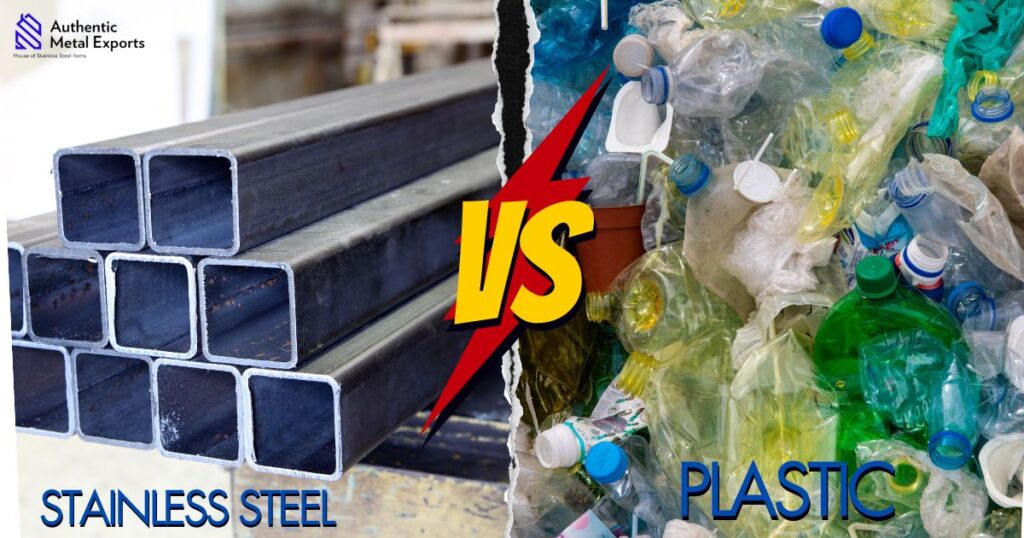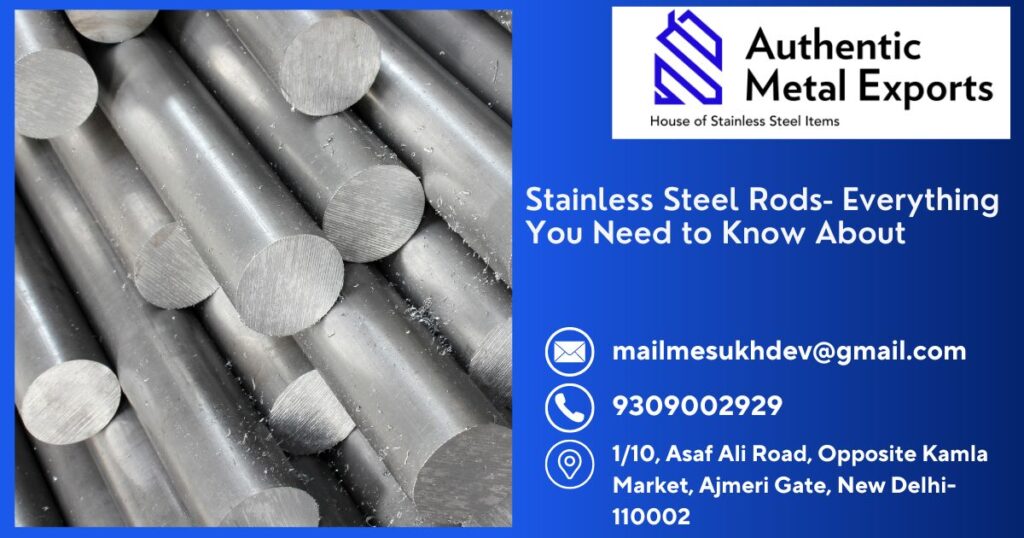Plastic is a synthetic substance consisting of polymers, which are long chains of molecules. It is a lightweight and versatile material used in a wide range of products, from single-use packaging to durable goods like car parts and electronics.
The production of stainless steel begins with mining iron ore, which is then processed into steel using a combination of coke, iron ore, and limestone.
The steel is then melted down in a furnace with a combination of chromium and nickel to create the final stainless steel alloy.
The production of plastic begins with the extraction of oil or natural gas, which is then processed into plastic through a chemical process called polymerization.
This process involves heating the oil or gas to high temperatures, which causes the molecules to break down and reform into long chains of polymers.
The production of stainless steel requires significant amounts of energy and natural resources, including iron ore, coke, limestone, chromium, and nickel.
However, stainless steel is a durable material that can last for decades or even centuries with proper care and maintenance, which can reduce the need for replacement and minimize its environmental impact.
Stainless steel is a highly durable and long-lasting material that can be recycled indefinitely without losing its quality or strength.
It is also resistant to corrosion, rust, and staining, making it a popular material for reusable water bottles, kitchen appliances, and other products.
At the end of its life, stainless steel can be recycled into new products, reducing the need for new mining and production.
The production of plastic requires significant amounts of energy and natural resources, including oil or natural gas.
These resources’ extraction and processing can have significant environmental consequences, such as air and water pollution, habitat damage, and greenhouse gas emissions.
Plastic is a relatively cheap and lightweight material that is commonly used in single-use products like packaging and disposable water bottles.
However, plastic is not as durable as stainless steel and is prone to breaking down and degrading over time. This can result in the release of microplastics into the environment, which can harm wildlife and ecosystems.
At the end of its life, plastic can be recycled, but it is often difficult and expensive to do so. Many plastic products are not recyclable, and even those that are can only be recycled a limited number of times before they lose their quality and strength.
As a result, much of the plastic produced ends up in landfills, where it can take hundreds of years to break down.
Stainless steel is generally considered to be a safe and non-toxic material, with no known health risks associated with its use.
Plastic, on the other hand, can contain harmful chemicals like BPA and phthalates, which can leach into food and beverages and pose health risks to humans and wildlife.
Stainless steel is generally more expensive than plastic, both in terms of production costs and retail prices.
However, the durability and reusability of stainless steel can make it a more cost-effective choice over time, as it can last for years or even decades with proper care and maintenance.
When it comes to choosing between stainless steel and plastic, there is no clear. Both materials have their pros and cons, and the best choice will depend on the specific product and its intended use.
However, it is important to consider the environmental impact, health and safety considerations, and cost when making your choice.
Yes, some types of plastic can be recycled, but the process is often difficult and expensive. Many plastic products are not recyclable at all.
Yes, stainless steel is generally considered to be a safe and non-toxic material for food and beverages.
Plastic is harmful to the environment because it can take hundreds of years to break down, and can release harmful chemicals and microplastics into the environment as it degrades.
Yes, stainless steel is generally more expensive than plastic, both in terms of production costs and retail prices.
There is no clear winner as both materials have their pros and cons. The best choice will depend on the specific product and its intended use.







[url=https://megaremont.pro/vitebsk-restavratsiya-vann]restoration of plumbing[/url]